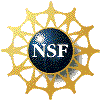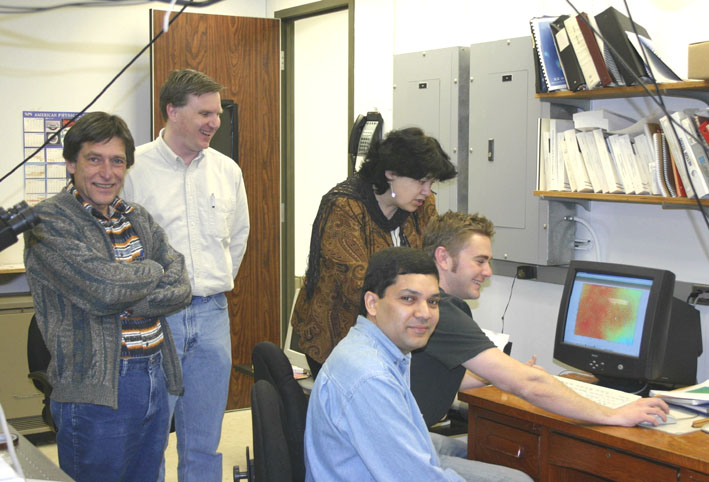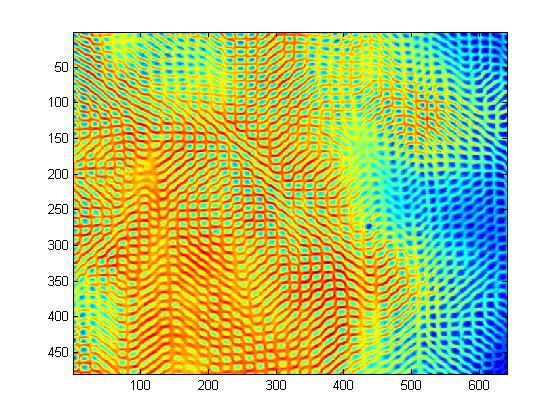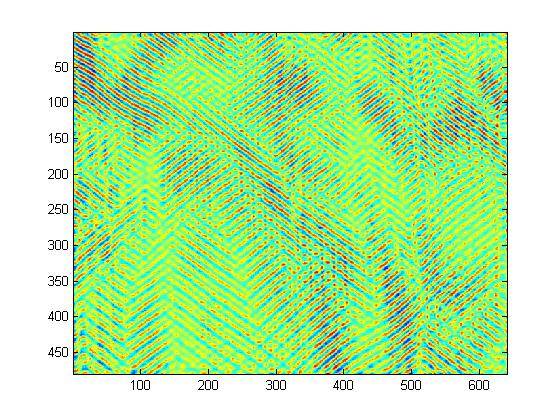


|
NSF Funded
Collaborative
Research:
Pattern Formation and Dynamics
in Electroconvection of
Nematic Liquid Crystals - A Theoretical and Experimental Study of the Weak Electrolyte Model; PIs: Iuliana Oprea, Gerhard Dangelmayr; Colorado State University, Jim Gleeson, Kent State University PhD Grad Students: Josh Ladd, CSU, Gyanu Acharia, KSU |

The main objective of our research is the investigation and characterization of complex patterns, including the spatio-temporal chaos, observed experimentally and numerically in the nematic electroconvection. Our research is based on the mathematical and experimental analysy of the weak electrolyte model for the nematic electroconvection. Here you will find a short description of the mathematical aspects of the weak electrolyte model:
  |
|
*)
This
material is based
upon work supported by the National Science Foundation under Grant No.
0407418. Any oppinions, findings and conclusions or recommendations
expressed in this material are those of the authors and do not
necessarily reflect the views of NSF.
|